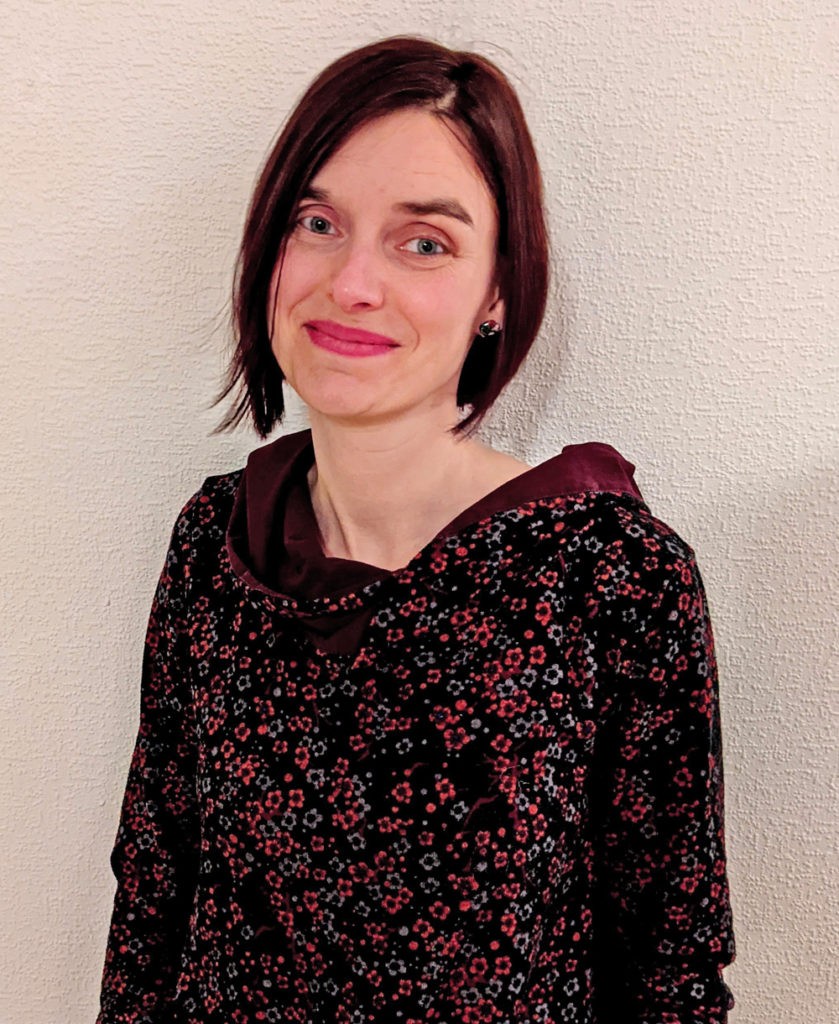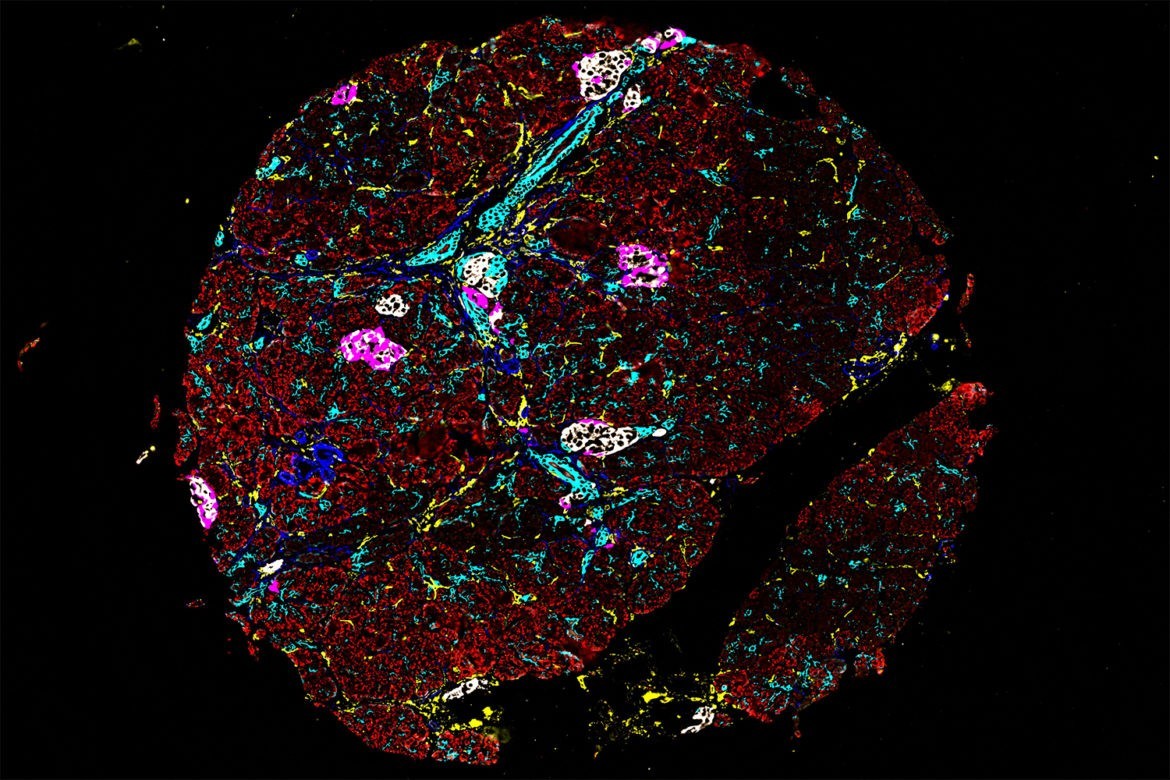
In Stockholm, Sweden, Dr Anna Martinez Casals and her colleagues at SciLifeLab, led by Prof Emma Lundberg, are currently wrapping up their work with experiments analyzing specific cell types within the human pancreas. This work is part of ESPACE’s Work Package 4, and the goal is to complete the experiments in late March this year. After that, two intense months of data analysis await the team.
The ESPACE communications team caught up with Dr Martinez Casals to learn more about her work in ESPACE, the innovative cell segmentation techniques used by her and her team, and what motivates her.
“I thrive when I focus on the more practical aspects of research”
Dr Martinez Casals grew up in Barcelona, Spain, where she earned her degree in biology and her PhD in the proteomics field applied to neurodegenerative diseases. It was during her PhD that her passion for working with human tissue was cemented.
“I feel that this is the space in which I, through my research, can have a positive societal impact,” says Dr Martinez Casals.
After completing her PhD, she wanted to experience working and living in another country. This curiosity took her to Sweden, where she began a PostDoc position in the Neuroscience Department at the Karolinska Institute. Dr Martinez Casals held different positions within the Karolinska Institute and Karolinska University Hospital between 2011 and 2017, before joining Prof Emma Lundberg’s lab, (part of SciLifeLab, a joint effort between the Karolinska Institute, KTH Royal Institute of Technology, Stockholm University and Uppsala University) in 2017.
After joining the lab, one of Dr Martinez Casals’s first projects focused on establishing and implementing processes for tissue work in the lab, which had previously focused on cell analysis.
“The Lundberg Lab is a great place to work. Everyone shares a strong interest in exploring and experimenting with new technologies and I have plenty of space to try out different techniques for analyzing human tissues and cells,” says Dr Martinez Casals, adding that:
“I enjoy experimenting and producing results, studying the potential biological implication of the data. While I like to be involved with the production of scientific papers, I really thrive when I focus on the more practical aspects of research. Hence, I do not see myself as a Principal Investigator in the future. Now, I have the perfect position for me, I am in my comfort zone and yet I have ample opportunity to be creative in my research.”
PIPEX – A pipeline for pancreases cell segmentation
The ESPACE Work Package 4 aims at analyzing specific cell types within the human pancreas, first comparing samples from healthy donors, and later comparing these samples with samples from the Type Diabetes 2 cohort.
In the context of this work, Dr Martinez Casals and her colleagues look at blocks of human tissue and try to stain all proteins in these samples to detect the intensity expression of these proteins in the different cell types of the pancreas. To do this, they use a technique called CODEX.
After producing high-resolution images of the tissue samples and before starting to analyze the images, it is necessary to find the limits of the cells to give to each cell the correct intensity of the detected proteins. After concluding that the CODEX algorithm, which we assume was developed for tonsil samples, does not work ideally with pancreas samples, the team decided to create their own pipeline for cell segmentation – PIPEX. The name PIPEX is a wordplay on CODEX and pipeline.
“Until recently, we could only stain four proteins in a tissue sample at a time. Now we can stain around 30 proteins per sample at a time. That is quite amazing,” says Dr Martinez Casals. She continues:
“Not all cells have the same size and shape. PIPEX has been developed for the analysis of pancreas cells and I think the pipeline can be used for cell segmentation by other teams that work on the pancreas as well.”
Next steps
Dr Martinez Casals describes the ESPACE consortium as a diverse group consisting of teams with different and complementary skills:
“It is a privilege to get to know and work with people from different countries and disciplines – it helps me develop as a researcher.”
When her team is done with the first round of data analysis later this spring, Dr Martinez Casals looks forward to comparing and synthesizing their results with other working groups in ESPACE.

